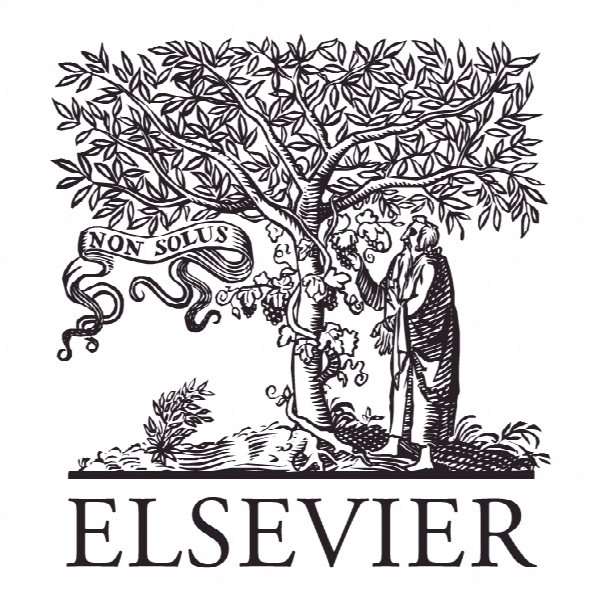کراس داکینگ معکوس Reverse Cross-Docking
- نوع فایل : کتاب
- زبان : انگلیسی
- ناشر : Elsevier
- چاپ و سال / کشور: 2017
توضیحات
رشته های مرتبط مدیریت، مهندسی صنایع
گرایش های مرتبط لجستیک و زنجیره تامین
مجله امگا – Omega
دانشگاه دانشکده مدیریت، los Andes، کلمبیا
نشریه نشریه الزویر
گرایش های مرتبط لجستیک و زنجیره تامین
مجله امگا – Omega
دانشگاه دانشکده مدیریت، los Andes، کلمبیا
نشریه نشریه الزویر
Description
1. Introduction Reverse logistics (RL) is a concept that has increasingly gained importance in both business and research over the last 20 years. The introduction of environmental laws, increasing environmental consciousness of customers, and growing competitive pressure has led to the development of multiple models and solutions for RL activities [1,2,3,4]. Reverse logistics is defined as the process of “planning, implementing, and controlling the efficient, cost effective flow of raw materials, in-process inventory, finished goods, and related information from the point of consumption to the point of origin for the purpose of recapturing value or proper disposal” [5]. In this sense, all activities related to processes involving the movement of products or materials from the customer back to the manufacturer are included within the RL framework [5]. Reverse logistics is widely accepted as a source of profitability and competitiveness for companies [2,6,7]. This is particularly significant in sectors with seasonal demand patterns, wherein companies understand returns as a part of their business and systematically look for ways to capture value from the RL systems [8,9]. The number of publications in the field of RL has been documented by Govindan et al. [10], from its origin in the late ‘60s to an increasing number of publications over the last eight years. Literature on RL focuses on the analysis of practices to develop efficient processes and techniques to deal with RL problems that companies are facing in fields like network design, inventory management, production planning, distribution planning, performance measurement, or quality control [10,11,12,13]. The heterogeneity of returned products or materials (e.g.,defective, unsold, or end-of-life products), increases the complexity of the RL systems [14,15,16].


